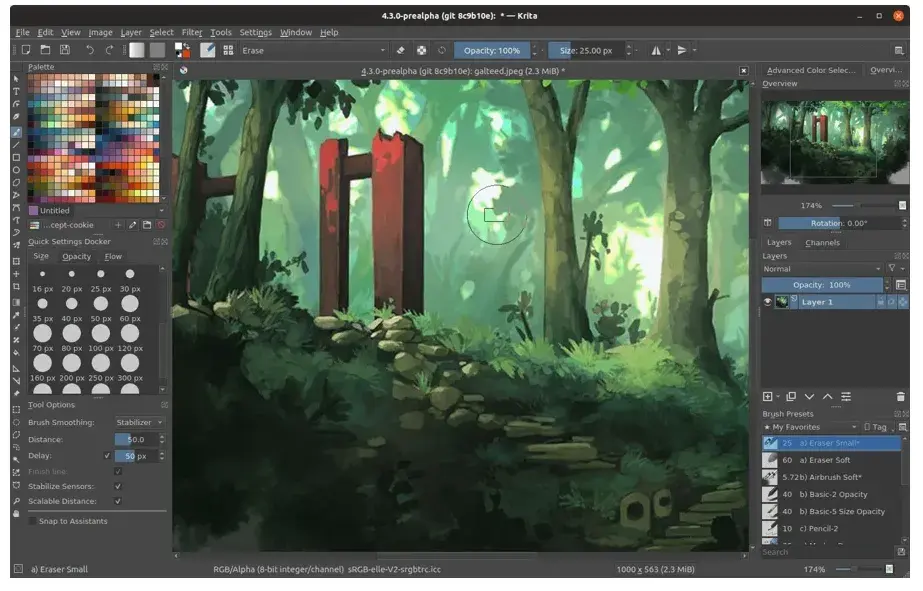Blitz News Digest
Stay updated with the latest trends and insights.
Design Software That Will Make You Look Like a Pro in No Time
Unlock your creativity with top design software that transforms you into a pro in minutes—dive in and elevate your skills today!
Top 5 User-Friendly Design Software for Beginners
If you're just starting out in design, choosing the right software can greatly impact your learning curve and overall experience. Here are the Top 5 User-Friendly Design Software for Beginners that offer intuitive interfaces and robust features to help you unleash your creativity without feeling overwhelmed. From graphic design to layout creation, these tools are perfect for novice designers aiming to build their skills.
- Canva - An incredibly popular choice, Canva allows beginners to create stunning graphics with ease. Its drag-and-drop interface makes it simple to use, while its extensive template library provides inspiration for various projects.
- Adobe Spark - Adobe Spark offers an easy way to create social media graphics, web pages, and short videos. This tool is tailored for beginners, featuring straightforward design features and numerous templates.
- Sketch - Though primarily aimed at web and mobile design, Sketch is user-friendly and perfect for beginners seeking to learn UX/UI design. Its collaborative features allow multiple users to work together effortlessly.
- Visme - Great for creating presentations, Infographics, and other visual content, Visme combines simplicity with powerful design tools. With its user-friendly platform, beginners can quickly become proficient in creating professional visuals.
- Figma - As a web-based design tool, Figma enables beginners to work on their designs directly in the browser. With real-time collaboration and an intuitive interface, Figma is perfect for new designers who want to learn in a team environment.

How to Choose the Right Design Software for Your Skills
Choosing the right design software can drastically affect your productivity and creativity. Before making a decision, it's crucial to assess your skills and experience level. For beginners, user-friendly software with intuitive interfaces, such as Canva or Adobe Spark, may be the best starting point. These programs often come with pre-designed templates and resources that can help you grasp the fundamentals of design without feeling overwhelmed.
As your skills develop, you might find yourself wanting to explore more advanced options. Programs like Adobe Creative Suite or Sketch are powerful tools suited for intermediate to advanced users, offering greater flexibility and a wider range of features. It's also essential to consider the type of projects you'll be working on; for instance, if you're focusing on web design, tools like Figma or Adobe XD might be more appropriate. Remember to reflect on your skills, project requirements, and long-term goals when making your choice.
Can Design Software Really Make You Look Like a Pro?
The rise of design software has transformed the way individuals and businesses approach graphic creation. With user-friendly interfaces and powerful tools, these programs empower users to produce stunning visuals without the need for a formal design background. From sophisticated editing features to drag-and-drop functionality, anyone can now create professional-quality designs, making it appear as though they have years of experience. This accessibility has broadened the horizons for entrepreneurs, marketers, and hobbyists alike, allowing them to convey their ideas effectively without the hefty price tag of hiring a professional designer.
However, while design software can enhance your creative capabilities, it's essential to remember that the final product's quality still hinges on your understanding of design principles. Mastery of color theory, typography, and layout can elevate your work from good to great. Therefore, while these tools can indeed make you look like a pro on the surface, investing time in learning the fundamentals of design will ensure your creations are both visually appealing and contextually relevant. In short, leverage the power of design software, but don't overlook the importance of improving your design knowledge.